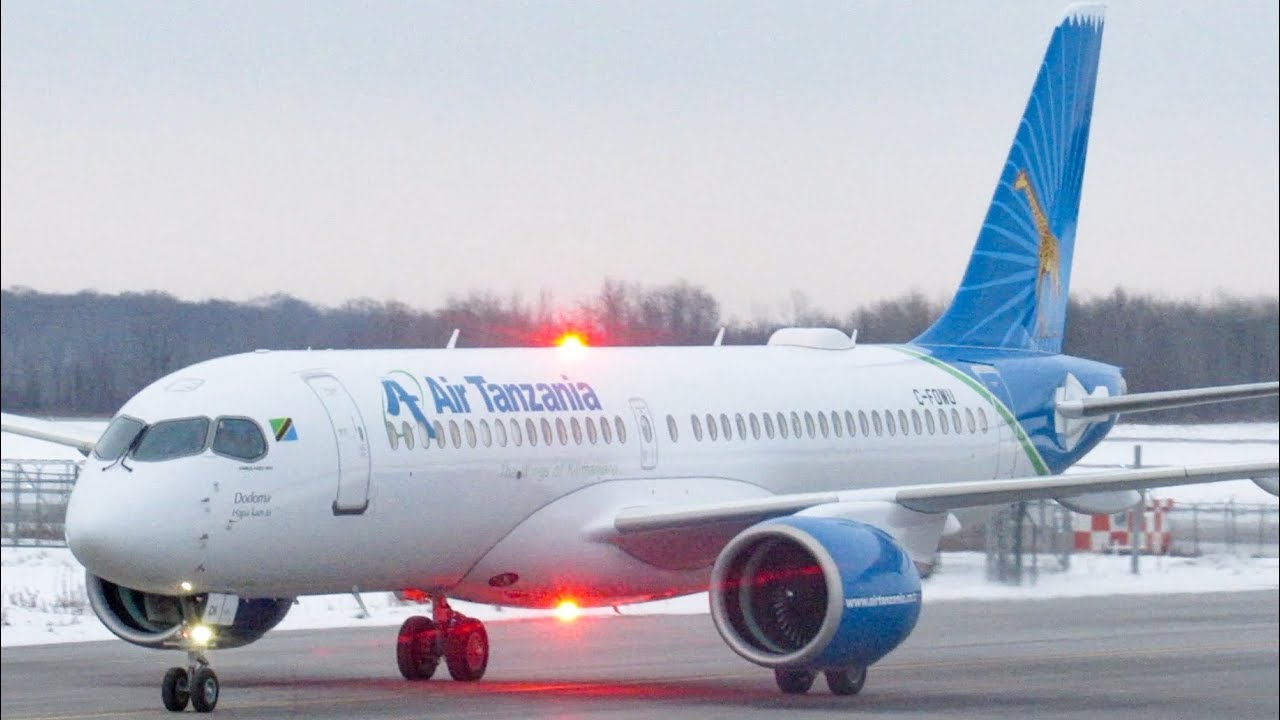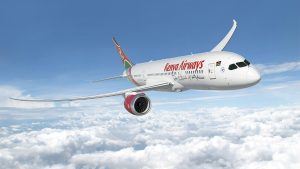Air Tanzania has expressed strong interests in expanding both its continental and international reach within the upcoming year. The State run airline is primarily focused on flying to the two biggest countries in West Africa, Ghana and Nigeria, as well as the largest airport in the United Kingdom.
The Wings of Kilimanjaro
In an announcement to reporters this Monday, Air Tanzania’s Managing Director Ladislaus Matindi stated that the airline would be launching direct flights to Ghana, Nigeria, the Democratic Republic of Congo and London, Heathrow by 2023.
The expansion goes hand-in-hand with other airline modifications and improvements, such as punctuality and flight reliability – in an effort to increase passenger satisfaction.
The widening of the network actually comes as part of ‘phase four and five’ of Air Tanzania’s expansion plan, originally laid out in 2019 by Matindi.
“We have a plan to expand in three phases; the first, within Tanzania to capture the domestic market and expand domestic destinations..and the third phase, internationally to include destinations like Mumbai and Guangzhou”, Matindi said.
He further remarked,
“Our plan has the 4th and 5th phases where we intend to have flights to West African cities of Lagos and Accra by the end of 2022. This is when we expect to have more planes.”
Already serving 12 domestic locations and almost ten international ones, such as Harare in Zimbabwe, Lusaka and Ndola in Zambia, Nairobi in Kenya, Moroni in Comoros, Mumbai in India and Guangzhou in China, making Air Tanzania well on schedule.
Realities of the situation
Having more destinations to offer its passengers and bringing in potentially new tourists and travellers to the country will undoubtedly have a profoundly positive impact on both Air Tanzania and the nation.
Additionally, trade with West Africa is expected to improve with these new developments and strengthen economic ties. There appears to also be an interest in developing the Democratic Republic of Congo’s dire economic state through increased travel and communication.
However, as some have noted, its ambitions to reach Europe, while seeking to be beneficial, may cause greater financial losses for the airline. In 2019, Air Tanzania secured three spots at Heathrow, but plans fell apart within a year, partially due to the pandemic.
British Airways also attempted to create a connection between the two nations back in 2013, however stopped flying to the country in 2015. To this day, Dar es Salaam remains one of London’s largest untapped markets.
An attempt to fly to the UK would be met with steep competition with Kenyan Airways and Ethiopian Airlines, who both have strong established relationships with Western countries, and significantly larger fleets with more frequent fliers.
Not to mention, Air Tanzania, much like the rest of the aviation world has been making huge losses over the past few years. The plans to fund these endeavours financially are unclear and require greater, more reliable assurances from management.
Too ambitious?
Having a relatively small fleet and a less prominent presence in East Africa compared to its neighbours in Kenya and Ethiopia, Air Tanzania’s plans have widely been discredited as ‘too ambitious’. The airline is also said to only have around four A220-300s, two B737 MAXs 9s, one B767-300F and five DHC-9-Q400s.
On a more positive note, the airline has shown a decent budget for the acquisition of more planes, and a consistent effort at improving the quality of their services and business practices.
With what appears to be a carefully curated development schedule, and a keen leadership body and staff, it would be criminal to not let Air Tanzania dream and dream big. What do you think? Leave a comment below.
Source: Travel Radar






